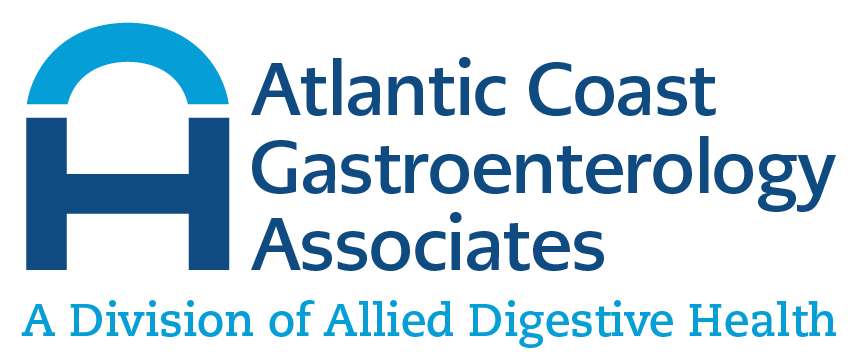What is Flexible Sigmoidoscopy?
A sigmoidoscopy is an internal exam of the lower part of the large intestine (colon) using a short, thin, flexible, lighted tube. The tube, called a flexible sigmoidoscope, has a tiny camera at the tip allowing the doctor to view the inside of the rectum and the lower third of the colon. A small biopsy instrument to remove tissue samples to be checked under a microscope for signs of disease can be performed during the examination.
Why is Flexible Sigmoidoscopy Done?
A flexible sigmoidoscopy can help your doctor determine the cause of abdominal pain, rectal bleeding, changes in bowel habits, chronic diarrhea, and other intestinal problems. Your doctor may be able to diagnose the cause of diarrhea, bowel obstruction, diverticulosis, inflammatory bowel disease, anal fissures, and hemorrhoids, as well as find colon polyps that might be in this lower part of the colon.
Flexible sigmoidoscopy does not allow the doctor to see the entire colon. Therefore, any cancers or polyps farther into the colon cannot be detected with flexible sigmoidoscopy. A colonoscopy allows the doctor to examine the entire colon.
How Does One Prepare for Flexible Sigmoidoscopy?
The lower colon and rectum must be completely empty for a flexible sigmoidoscopy to be thorough and safe. Some doctors recommend a combination of a laxative and a small enema before the test. Some doctors may advise the patient to drink only clear liquids for 12 to 24 hours before the procedure is scheduled. A liquid diet means clear; fat-free bouillon or broth; gelatin; strained fruit juice (no grape juice or any liquid with red color); water; plain, unsweetened coffee or tea; or diet soda. The night before, or even immediately before the flexible sigmoidoscopy, the patient may be given an enema, which is a liquid solution that washes out the lower intestine.
How is Flexible Sigmoidoscopy Performed?
Flexible Sigmoidoscopy is generally performed at a hospital or outpatient center. During the test, the patient is positioned on the left side with knees drawn up toward the chest. First, the doctor will do a digital rectal exam by gently inserting a gloved and lubricated finger into the rectum to check for any abnormalities.
Next, the sigmoidoscope is inserted into the rectum, and the patient will feel some pressure. Air is introduced through the scope to expand the colon and help the doctor see adequately. As the scope is slowly removed, the lining of the bowel is carefully examined. A hollow channel in the center of the scope allows for the passage of an instrument called a forceps for obtaining a biopsy if needed.
What Happens After a Flexible Sigmoidoscopy is Done?
This procedure takes about 15 minutes. After the exam, patients may have mild abdominal discomfort. Patients may feel bloated or pass gas for a few hours as they clear the air from the colon. Patients will be able to return to a normal diet and routine after the procedure.
What Are the Risks Associated with Flexible Sigmoidoscopy?
Overall, the risks associated with flexible sigmoidoscopy are low. Bleeding can occur from a biopsy or removal of a polyp or growth from the colonoscopy, but such bleeding often stops on its own or can be controlled through the colonoscopy. Perforation (a hole or a deep tear in the lining of the colon or rectum) may require surgery, but this is an uncommon complication. Injury to other organs such as the spleen can occur but is very rare.

